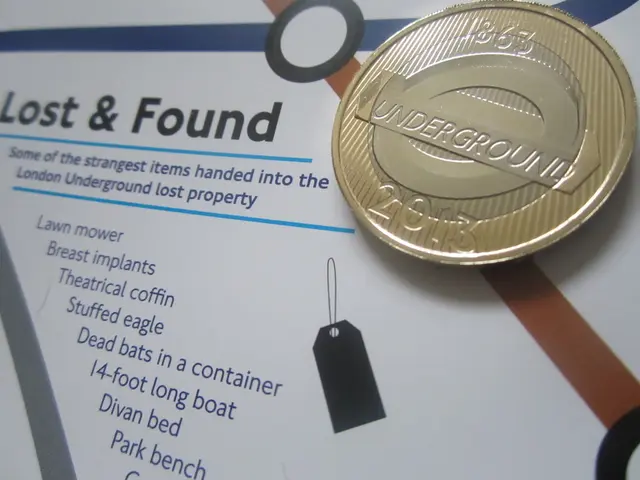Robot Autonomy Competition
In the realm of robotics, a significant challenge known as the efficiency paradox looms large. This paradox, in essence, highlights a core issue: while the human brain uses much less power to achieve superior performance, AI systems require exponentially more power for similar capabilities. This represents a 35x efficiency gap.
This gap is particularly evident in the power curve of robots. Each higher layer of intelligence and computation requires dramatically more intelligence, creating an exponential scaling problem that pushes robots beyond feasible limits.
Take, for instance, dexterity. Human fingertips pack an astonishing 2,500 sensors per square centimetre, a density far exceeding that of robotic hands. This lack of density makes robots prone to failure when handling objects with forces as small as 1 Newton, whereas humans can detect forces as small as 0.02 Newtons.
The dream of robotics, however, is not just about movement but about creating machines that can move, manipulate, and think with human-like capability. Locomotion, the first stage of robotics, has seen significant strides. Companies like Boston Dynamics, Agility Robotics, and Tesla (with its Optimus project) have demonstrated stable walking, running, and balance recovery.
Yet, the ultimate goal—human-level autonomy—remains elusive. Autonomy, the ability to reason, plan, and adapt like humans, involves scene understanding, real-time decisions, task planning, common sense, and predicting likely outcomes in uncertain situations. It's a complex maze that robotics is yet to navigate successfully.
The Robotics Autonomy Challenge, a competition that aims to push the boundaries of robotics, encapsulates this gap. It's not a straight path but a climb, with locomotion and dexterity solved, but autonomy remaining unsolved.
Muscles and tendons offer real-time adaptability, a feature that robotic actuators currently lack, being 10-100 times slower. The paths forward for autonomy suggest that it is less about incremental progress and more about structural breakthroughs.
Bridging the autonomy gap may require breakthroughs in neuro-inspired computing, world models in AI, embodied learning, and hybrid autonomy. Companies like ABB Robotics are actively working towards this goal, developing autonomous, versatile robots with advanced vision AI for greater manipulation capabilities and autonomy, moving beyond traditional manufacturing applications.
The heart of the challenge is an efficiency paradox. Humans achieve unmatched intelligence at just 20 watts, while robots burn 700 watts or more for brittle, narrow abilities. Achieving human-level efficiency would not just solve robotics, but would redefine intelligence itself.
In conclusion, the efficiency paradox in robotics is a complex issue that requires innovative solutions. The ultimate goal of human-level autonomy remains out of reach until the efficiency gap in robotics is closed. The journey ahead is challenging, but the promise of robots that can adapt, plan, and recover from errors, acting as agents rather than tools, makes it an exciting one.
Read also:
- YouTube has disbursed over $100 billion to content creators on its platform since the year 2021.
- Investment of $20 million in strategy by the Aqua 1 Foundation of the UAE in Above Food
- Web3 gaming receives a boost as Moonbeam unveils a new platform for game development
- Wealthy entrepreneur David Tepper plans to divest from Nvidia and AMD to invest in a forward-thinking corporation with a market potential surpassing $200 billion.







